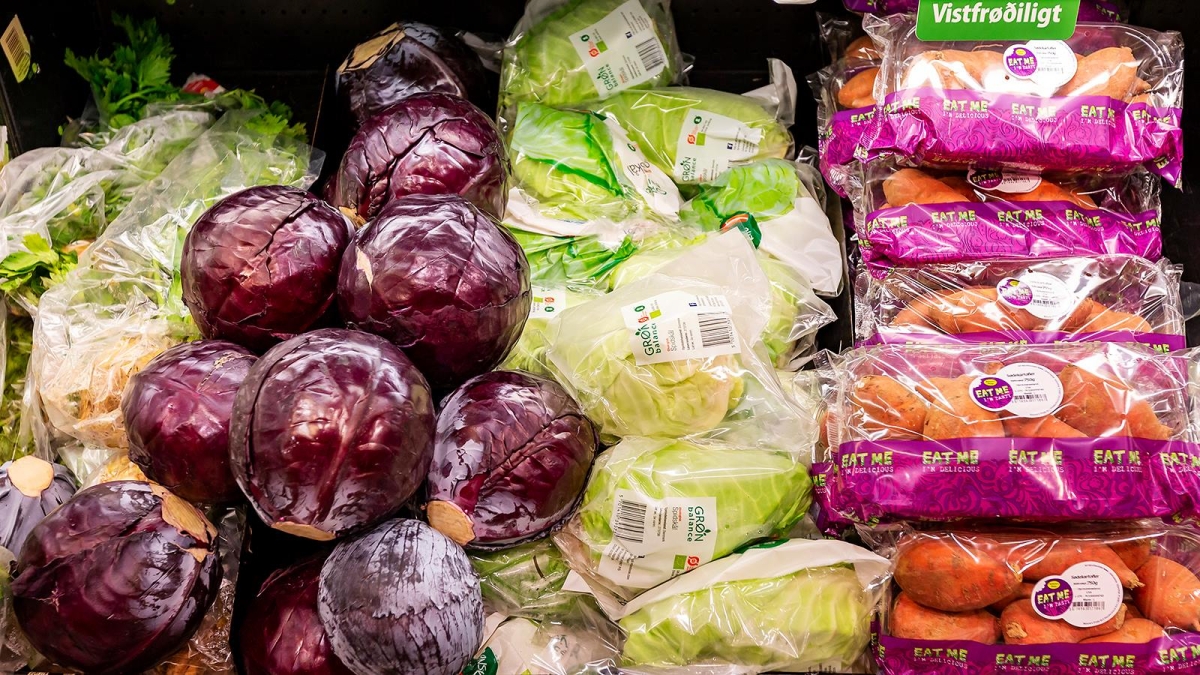Retail trade index
27. Mar 2023
Retail sales still affected by rising prices

Retail sales figures (listed here in nominal values converted to real values) are divided into the following three main commodity groups: ‘food and non-alcoholic beverages’, ‘clothing and footwear’ and ‘furnishings and household equipment’.
The annual 10.1% inflationrate from November 2021 to November 2022 is the highest inflation in four decades. This inflation affected retail sales in both Q3 and Q4 of 2022.
Retail prices in ‘food and non-alcoholic beverages’ went up by 13% year-on-year in Q4 2022. In nominal prices, sales in this group increased by 4%. By subtracting the inflation rate, we get the real price of the volume of sold goods. The real price of ‘food and non-alcoholic beverages’ dropped by 8% in this period. In other words, although the sales value increased from Q4 2021 to Q4 2022, the sales volume went down by 8%.
[px-graph-1]
The slow sales compared to previous years also apply to ‘furnishings and household equipment’. Prices in this group increased by 13% year-on-year. Sales in nominal prices were similar to the previous year, but when converted into real prices, sales went down by 12% from Q4 2021 to Q4 2022.
[px-graph-2]
Prices in the ‘clothes and footwear’ group are also affected by inflation. Although prices in this group only went up by 4%, sales in nominal prices dropped a full 9% in this period.
[px-graph-3]
In general, the biggest price hikes were in the ‘food and non-alcoholic beverages’ group. However, sales in this group did not decrease in line with the price hikes. While ‘clothing and footwear’ saw more moderate price increases, prices in ‘clothing and footwear’ dropped significantly in this period. This could indicate that the Faroese public were more open to spending a little extra on food than clothes last Christmas.
Definitions:
- Indices show the percentage changes from one year to another with a base year set at 100. The difference between two years and comparisons with the base year are measured in percentages.
- Nominal prices: the price paid for a product or service at the time of the transaction. Nominal prices reflect the buying power in the year in which the transaction occurred.
- Real prices are adjusted for inflation, giving an indication of sales volume.
- Sales figures reveal the turnover of companies offering goods and services in the various commodity groups.
- Seasonally adjusted figures are modified to eliminate the effect of seasonal influences. Some months have high levels of seasonal fluctuations, making it difficult to adjust for seasonal influences.
- The trend describes the measured figures, adjusted for seasonal changes and other random factors.